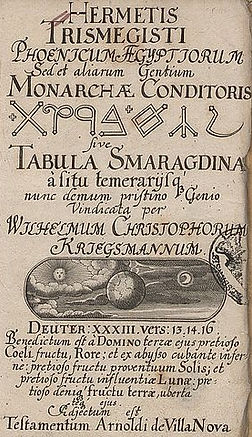
Come visit Miriam in first century CE Alexandria.

Come to Miriam’s Alexandria, a first century city second only to Rome.

Venture with Miriam into the claustrophobic underbelly of Alexandria at night.

Come visit Miriam in first century CE Alexandria.

the MIRIAM BAT ISAAC
Mystery Series

June Trop
Welcomes you to
A Quiz on the History of Alchemy
The young Miriam bat Isaac was destined to become known as Maria Hebrea, the most famous alchemist of the Western World. Take this TRUE or FALSE quiz about the history of alchemy and then surprise yourself with the answers.
THE QUESTIONS
1. In first-century CE Alexandria, alchemy was practiced as an experimental science grounded in a theoretical framework hundreds of years old.
2. In the Roman Empire, the practice of Western alchemy was a capital offense.
3. Alchemical recipes to produce silver and gold came to be widely available.
4. The major goal of alchemy was to discover the “philosopher’s stone,” a substance that could not only transform base metals such as copper or lead into silver or gold but heal, rejuvenate, and even extend human life.
5. All of the following are pictures of a famous alchemist.
THE ANSWERS
1. TRUE
Western alchemy was an experimental science based on Aristotle’s Theory of the Unity of Nature, the idea that all materials are composed of variant forms of the same vital substance. Accordingly, alchemists inferred that just as a sick (imperfect) human body can be transmuted into a healthy (perfect) one by the addition of some extract of this vital substance, a sick (imperfect) metal like copper or lead can likewise be transmuted into a healthy (perfect) one, namely silver or gold. Through experimentation, alchemists sought to identify and prepare this substance.
2. TRUE
Not only could alchemists be accused of cheating a customer with an inferior metal, but more important, their attempts to synthesize silver and gold were regarded as a threat to the stability of the currency. By the end of the third century CE, the work of Alexandrian alchemists had become sufficiently well known for Emperor Diocletian to order the burning of all alchemical books.
3. FALSE


A Key Text of Western Alchemy

Courtesy of the Chemical Heritage Foundation (Public Domain)

Prophetissa by Michael Maier (1566-1622) (Public Domain)
Isaac Newton in Old Age in 1712, a portrait by Sir James Thornhill. Courtesy of Wikimedia Commons (Public Domain)
The Shannon Portrait of the Hon Robert Boyle by Johann Kerseboom. Courtesy of the Chemical Heritage Foundation and Wikimedia Commons (Public Domain)
Maria Hebrea
Robert Boyle (1627—1691)
The Founder of Modern Chemistry
Sir Isaac Newton (1643—1727) Mathematician and Physicist
The tradition among all the crafts and mystical cults at the time was to guard the secrecy of their work. One way alchemists protected their work was to record their recipes in an argot and use obscure symbols. Consequently, despite the Arabs having managed to rescue some alchemical texts from Emperor Diocletian—they had long venerated Maria Hebrea’s work—the recipes were incomprehensible.
4. TRUE
The philospher’s stone is a legendary substance. Alchemists believed that Adam acquired knowledge of the stone directly from G-d. Maria Hebrea studied a particular kind of moonwort, known today as Botrychium lunaria, a type of succulent fern with fan-like leaflets, in the hope of identifying the philosopher’s stone. But the search for the philosopher’s stone continued for more than 1500 years after her time.
The Alchymist, In Search of the Philosopher’s Stone,
a painting by Joseph Wright of Derby, 1771

Courtesy of the Chemical Heritage Foundation (Public Domain)
5. TRUE
All three were famous alchemists of their time, even Robert Boyle and Isaac Newton. Boyle’s research had its roots in the alchemical tradition, and Newton, despite his having been recognized as the most influential scientist of all time, is said to have spent more than half his life searching for the philosopher’s stone.
Learn more about alchemy in The Deadliest Lie and the other books in the Miriam bat Isaac series of historical mysteries.

